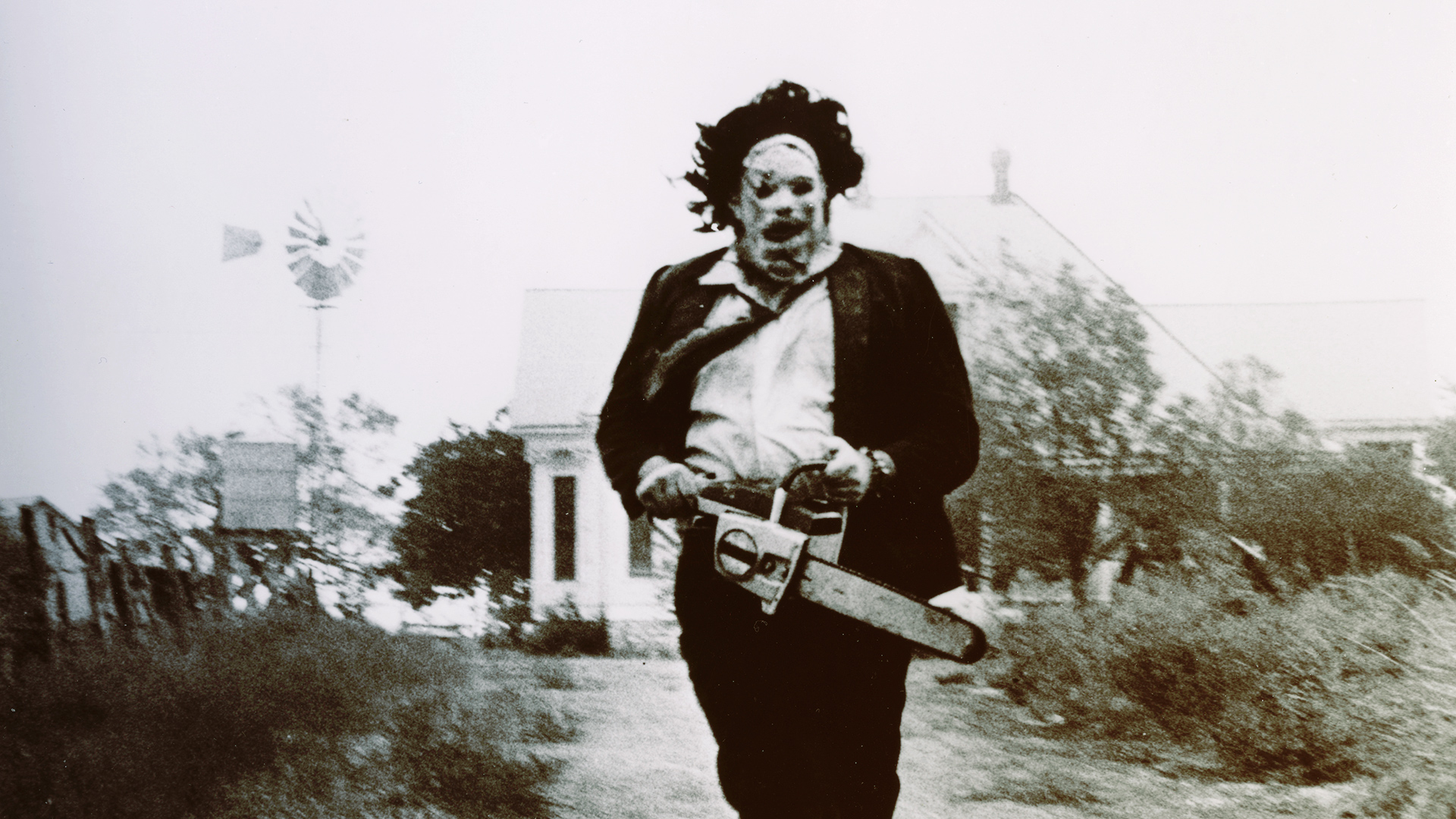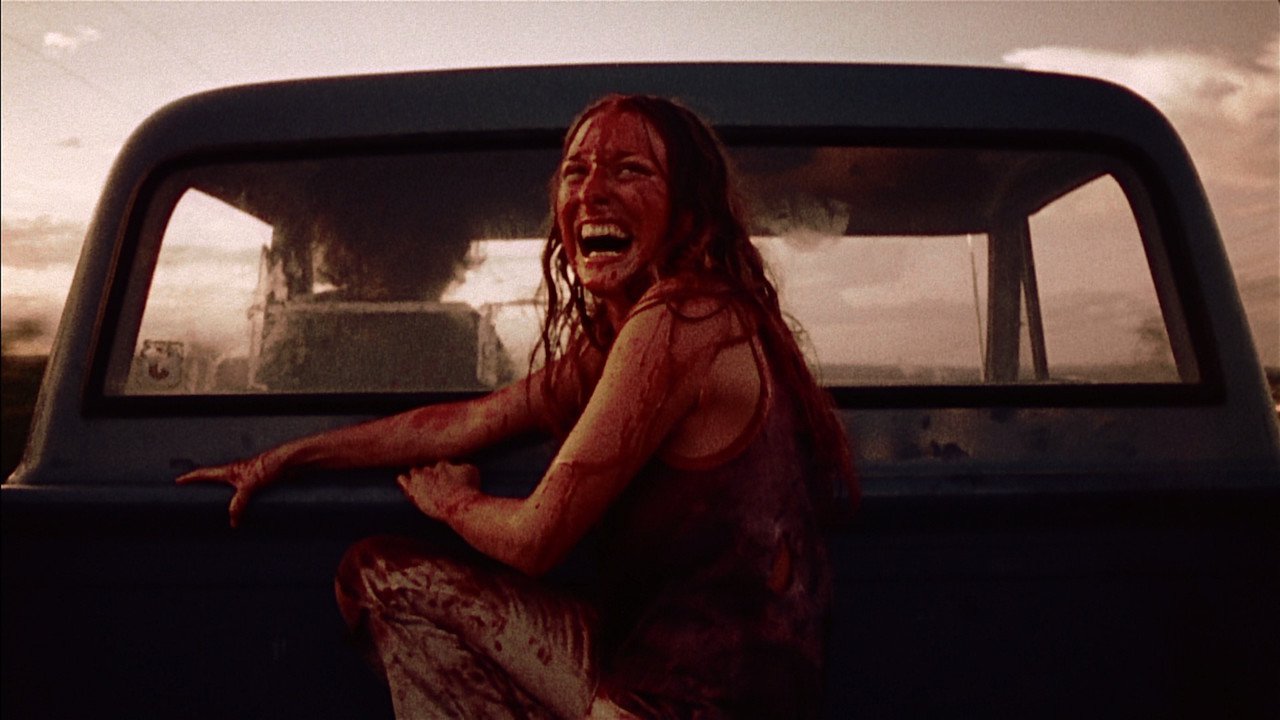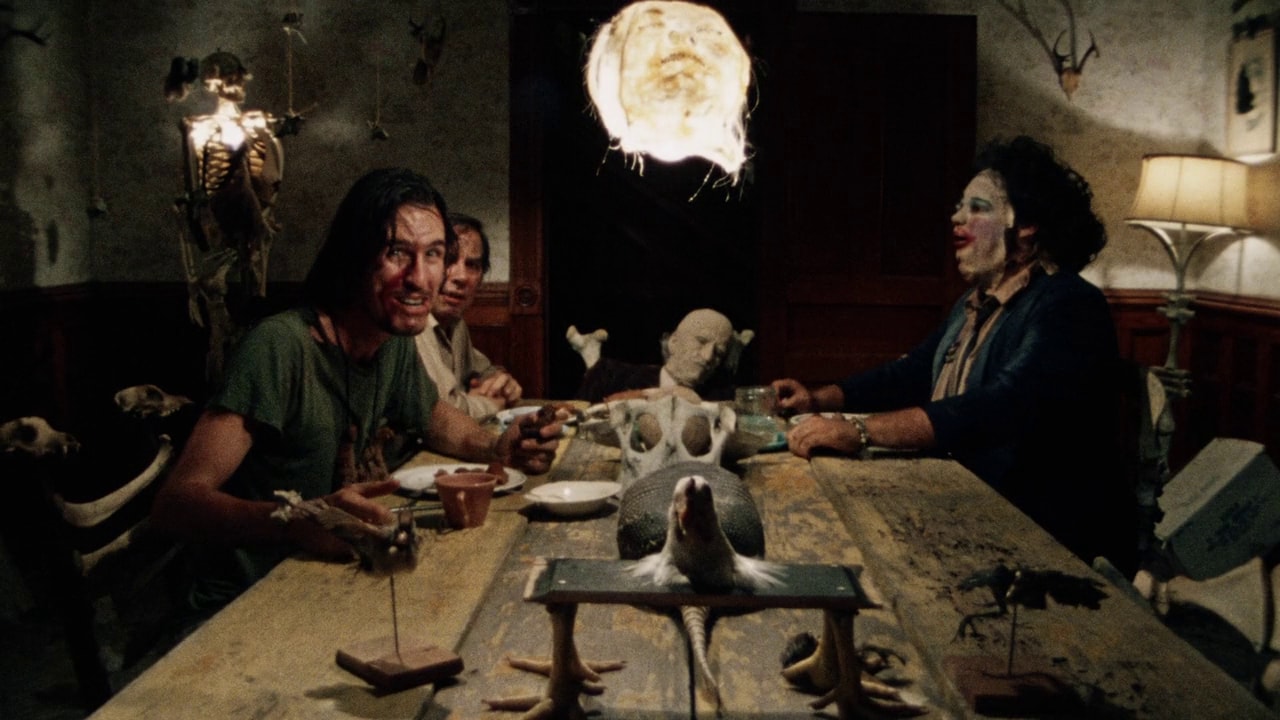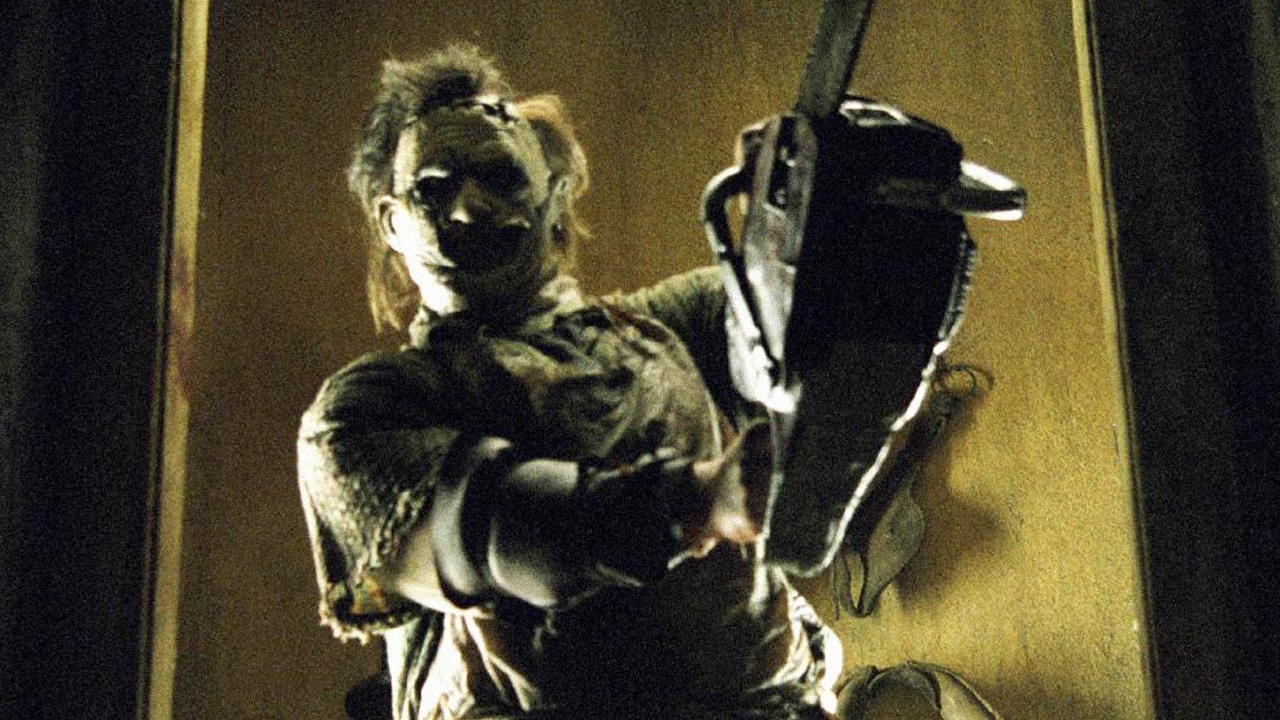The real Texas Chainsaw Massacre – how a 1950s grave-robber inspired a horror classic
Ed Gein dug up corpses to decorate his house, and helped inspire one of the greatest and most gruesome horror films of all time...

“What happened is true! Now the movie that's just as real!" screamed the posters for The Texas Chain Saw Massacre in 1974.
It’s likely that most people in the mid-1970s thought that shouty tagline was just hollow hyperbole, a whopping great fib designed to give this unknown horror flick some real-world cred. For some though, the details of The Texas Chain Saw Massacre will have rung a distant, grim bell.
It was in 1957, 17 years before Tobe Hooper’s epochal horror flick, that Edward Theodore Gein was arrested for murder and grave-robbing. Seventeen years since police entered his squalid, dilapidated farmhouse and discovered not only the body of a woman, hung upside down from a meat hook, but bowls made from human skulls, a lampshade made out of a human face, a belt studded with carved off female nipples, leggings made from human skin and a table propped up by human shinbones (and that’s just skimming the surface).
For anybody who’d lapped up those lurid news reports in 1957, or again in 1968 when Ed Gein was finally tried, The Texas Chain Saw Massacre, with its house of horrors collection of human parts, would have brought back some dark, soul-bothering memories.
Not all of the Gein’s story was there in the film. Hooper’s movie isn’t the Ed Gein story exactly. Neither is Psycho or The Silence of the Lambs – two other works of fiction that took inspiration from his grisly crimes. But the film couldn’t have existed without him. Its co-writer Kim Henkel has said he and Hooper “definitely studied” the Gein story when prepping their story and, although Leatherface’s (the movie’s chainsaw-wielding killer) family is far larger than Gein’s, they’re certainly cut from the same socially isolated, God-fearing, white-trash cloth.
Brought up on a 160-acre farm on the outskirts of Plainfield, Wisconsin by a tyrannically puritanical mother and an alcoholic, largely absent father, it’s almost as if Ed Gein - ‘weird old Eddie’, as he was known to his neighbours - was, like Leatherface, set up from birth to be a killer.

Ed’s mother, Augusta, was a hardline, Old Testament-spouting Lutheran who preached daily to Ed and his brother Henry about the immorality of the world and how all women were whores. One day, the family went to buy some straw and witnessed a man beating a dog till it was dead. When the Geins left, it wasn’t the animal cruelty that incensed Augusta, but the fact that the man wasn’t married to the woman he was living with.
Sign up for the Total Film Newsletter
Bringing all the latest movie news, features, and reviews to your inbox
Alcoholism finally claimed George Gein’s life in 1940, when Ed was 34. With her husband’s death, Augusta’s mental hold over Ed grew evermore tight. Even Henry (Ed’s brother), who by this time was dating a divorcee with plans to move in with her, would worry about Ed’s unusual closeness to their mother.
But Henry wasn’t long for this world. In 1944 Ed Gein’s brother perished in a fire on the farm. Despite the coroner listing asphyxiation as the official cause of death, there were bruises found around Henry’s head, leading some to suspect that his brother was Ed Gein’s first killing.

No-one knows when the grave-robbing started for Ed Gein, except that it was after his mother died on 29 December, 1945, at the age of 67. As the author Harold Schechter wrote, with Augusta’s death, Ed had "lost his only friend and one true love. And he was absolutely alone in the world."
It’s hard not to see echoes with Psycho here. Robert Bloch admitted the Gein case helped inform his 1959 book (on which the 1960 movie was based), while Sacha Gervasi’s 2012 Hitchcock biopic actually features fantasy sequences of the director visited by a vision of Gein (played by actor Michael Wincott).
It wasn’t until 1957 that the police caught up with Ed Gein. A local hardware store owner by the name of Bernice Worden had gone missing. The trail led them to Gein’s farmhouse where they discovered her headless, naked body, hanging upside down from a meat hook and slit open down the front.
One can only imagine the horror that those police officers experienced when they forced their way into Ed Gein’s museum of the grotesque. When he was arrested, the sheriff reportedly was so distressed that he grabbed Gein by the head, banging his face into a brick wall. Gein confessed to everything, including the murder, three years before, of tavern owner Mary Hogan, whose skull and organs were among those found at the house. He admitted that, over the years, he’d made up to 40 trips to various graveyards, digging up the graves of mostly middle-aged women and dissecting them at his home.

Though there’s no grave-robbing in The Texas Chain Saw Massacre, the scene where Leatherface hoists up a terrified victim to impale her on a meathook is straight out of the Gein police report (the movie, it must be said, is surprisingly restrained in its gore).
Psycho may have taken the mother fixation and riffed on it, but Hooper’s film takes inspiration from the ickier, more grotesque details of Ed Gein’s strange life. It’s also hard not to see a streak of Gein in the movie’s most harrowing three minutes, when Sally (played by Marilyn Burns) wakes up tied to a chair for the most demented dinner party imaginable in a room full of human detritus.
Gein was initially found unfit to stand trial and confined to a mental health facility until 1968 when doctors finally determined that he was "mentally able to confer with counsel and participate in his defense.” He was found guilty but legally insane of the murder of Worden (due to exorbitant costs, he was only charged with one felony), and was sent to the Central State Hospital at Waupun, Wisconsin (later transferring to Mendota Mental Health Institute).
"The scene where Leatherface hoists up a terrified victim to impale her on a meathook is straight out of the Gein police report."
It’s said that Gein was a model prisoner. Gentle, polite, and discreet were words used to describe him by officials to interacted with him over the 26 years he was inside. He died, of respiratory and heart failure in 1984, at the age of 77. Whether he was ever aware of The Texas Chain Saw Massacre, or Psycho, or any of the other fictions inspired by his crimes, we don’t know.
The building that housed Ed Gein’s menagerie of human parts has long since perished (it was destroyed in a fire – presumed arson – in 1958), but his crimes reverberate today. Much of The Silence of the Lambs owes something to Ed Gein and the Texas Chain Saw franchise is still chugging along, with a prequel, Leatherface, arriving in the UK at some point soon.
60 years on from the murder of Bernice Worden, Ed Gein’s atrocities are still inspiring filmmakers and fascinating true crime buffs. The dark, disturbing legend of Ed Gein is as alive now as it was in 1957.
Steve is a freelance entertainment and lifestyle journalist, sub-editor, and editor. His bylines have appeared in print at publications including SFX, Classic Pop, The Guardian, Vintage Rock, Doctor Who Magazine, Esquire, SciFiNow, Crime Scene, Empire, Filmstar, CLiNT, Total Film, and Yours Retro, as well as websites including The New Statesman, Cineworld, Digital Spy, Radio Times, GamesRadar, Yahoo, and Den Of Geek. He's been featured on several TV documentary shows such as BBC Four’s The Cult Of… and The Cinema Show and has also co-written the books Whographica and Buffy The Vampire Slayer: Slayer Stats. He currently edit the quarterly magazine Vintage Rock Presents.


